Five prevalent plumbing plastic pipe types and uses. The most important applications of plastic plumbing pipes ABS, which stands for Acrylonitrile Butadiene Styrene, was one of the first plastics utilized in residential plumbing. ABS piping is always black and more flexible than PVC. Most of the time, they are used for vent and drainage lines, as well as other underground outdoor uses where it gets cold. This chlorine-treated PVC is more resistant to high temperatures and pressures. It is commonly used in industrial piping and residential hot water lines for which standard PVC is unsuitable. HDPE: High-density polyethylene is so tough and durable that it can be utilized for all plumbing purposes. It can also reduce water pressure because it has a low coefficient of friction and water can easily flow through it. PEX is utilized in residential plumbing systems for hot and cold water pipes, as well as kitchen and bathroom fresh water systems. Typically, PEX pipes are color-coded, allowing plumbers to easily identify hot and cold lines. Polyvinyl chloride (PVC) is one of the most common plastic pipe materials, and it has a variety of uses beyond water transfer. It is frequently used for water mains but not for hot water applications because it warps above 140°F. 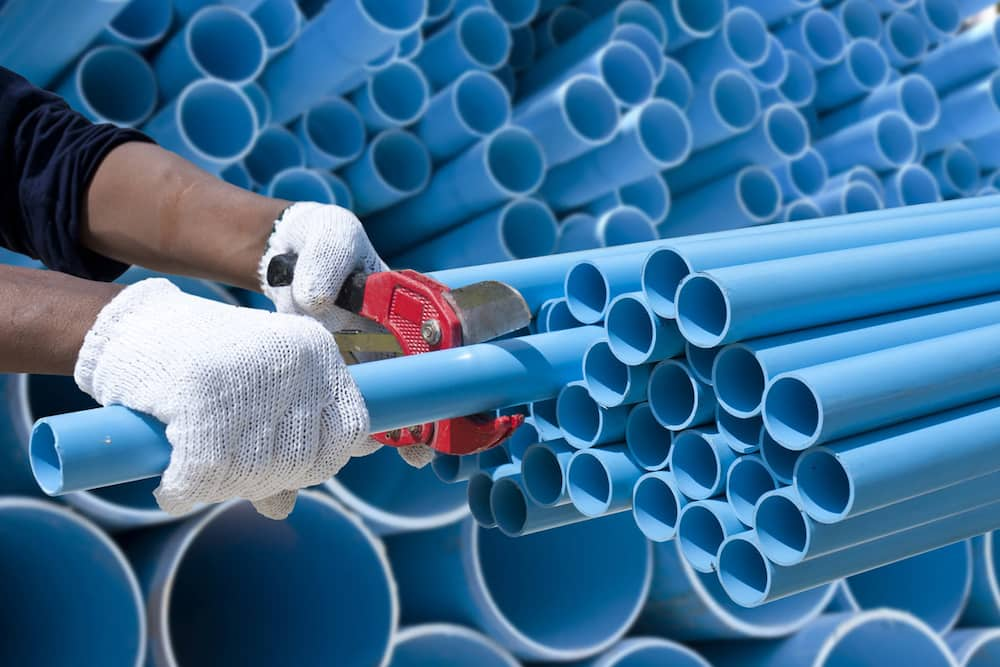 Why are plastic water pipes used? Steel, cast iron, and copper are all excellent pipe materials that are still in use, but plastic has a number of disadvantages. Plastic can be easily cut and formed into any desired shape and size, even on the job, thereby reducing the amount of labor required to install them. Additional advantages of plastic water pipes include: When two dissimilar types of metal piping are joined, they can react and corrode each other, which is a common issue with metal piping. This is not the case with plastic plumbing pipes that are chemically corrosion-resistant. After prolonged exposure to water and other fluids, many metals begin to corrode. Plastics can't be made in a way that fits the needs of a system in which they are an important part. Reduced thermal conductivity: Several varieties of plastic pipes can withstand a wide range of temperatures without warping or cracking. Also, their low conductivity keeps the water in the pipes at the same temperature without causing condensation, which can happen with copper pipes that are not insulated. Plastic plumbing pipes are almost always distinguished by color and have markings on the exterior indicating the diameter, pressure rating, and type of plastic. In some instances, plastic pipes are lab-sealed to indicate that they are safe for use with potable water. This makes it easy to tell what kind of tube it is and what it does so that it can be changed when needed. Be aware of your plastic pipe options.
Why are plastic water pipes used? Steel, cast iron, and copper are all excellent pipe materials that are still in use, but plastic has a number of disadvantages. Plastic can be easily cut and formed into any desired shape and size, even on the job, thereby reducing the amount of labor required to install them. Additional advantages of plastic water pipes include: When two dissimilar types of metal piping are joined, they can react and corrode each other, which is a common issue with metal piping. This is not the case with plastic plumbing pipes that are chemically corrosion-resistant. After prolonged exposure to water and other fluids, many metals begin to corrode. Plastics can't be made in a way that fits the needs of a system in which they are an important part. Reduced thermal conductivity: Several varieties of plastic pipes can withstand a wide range of temperatures without warping or cracking. Also, their low conductivity keeps the water in the pipes at the same temperature without causing condensation, which can happen with copper pipes that are not insulated. Plastic plumbing pipes are almost always distinguished by color and have markings on the exterior indicating the diameter, pressure rating, and type of plastic. In some instances, plastic pipes are lab-sealed to indicate that they are safe for use with potable water. This makes it easy to tell what kind of tube it is and what it does so that it can be changed when needed. Be aware of your plastic pipe options. 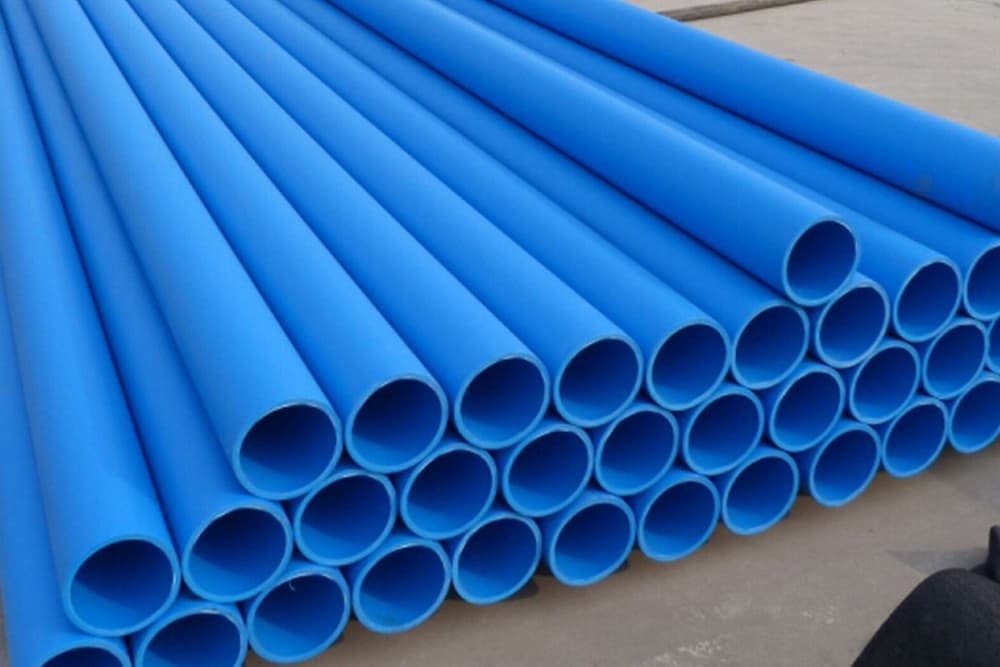 Understanding the differences between pipe materials will allow you to communicate your needs more effectively to your remodeler or contractor. Talk about plumbing materials at the start of the project to make sure you know what you want to install from the start. Always check with the local code or enforcement authorities to ensure that the plumbing materials are acceptable for the intended use. If not, you can typically apply for a substitute substance exemption. Ask your neighbors what type of plumbing they have and if they have experienced any issues. Home plumbing with plastic pipes Three of the most frequent applications of plastic pipes in the home are: Water service lines are the pipes that deliver water from the local water department or water company from the street to the residence. Give your faucets, showers, appliances, and appliances hot and cold potable water. Pipes that collect and remove water, sewage gases, and waste from sinks, toilets, and showers are referred to as waste disposal systems (DWV). There are advantages to installing plastic pipes in your residence. No matter what kind of plastic pipe you use to build or fix up your home, you can be sure that all of them have the following benefits: certified as secure. Plastic pipes are certified against a stringent health impact standard by a third party. Plastic pipes are certified to meet performance and safe drinking water standards, such as NSF/ANSI/CAN 61. If your plumbing has NSF (or another third-party) certification, it is safe for drinking water use.
Understanding the differences between pipe materials will allow you to communicate your needs more effectively to your remodeler or contractor. Talk about plumbing materials at the start of the project to make sure you know what you want to install from the start. Always check with the local code or enforcement authorities to ensure that the plumbing materials are acceptable for the intended use. If not, you can typically apply for a substitute substance exemption. Ask your neighbors what type of plumbing they have and if they have experienced any issues. Home plumbing with plastic pipes Three of the most frequent applications of plastic pipes in the home are: Water service lines are the pipes that deliver water from the local water department or water company from the street to the residence. Give your faucets, showers, appliances, and appliances hot and cold potable water. Pipes that collect and remove water, sewage gases, and waste from sinks, toilets, and showers are referred to as waste disposal systems (DWV). There are advantages to installing plastic pipes in your residence. No matter what kind of plastic pipe you use to build or fix up your home, you can be sure that all of them have the following benefits: certified as secure. Plastic pipes are certified against a stringent health impact standard by a third party. Plastic pipes are certified to meet performance and safe drinking water standards, such as NSF/ANSI/CAN 61. If your plumbing has NSF (or another third-party) certification, it is safe for drinking water use. 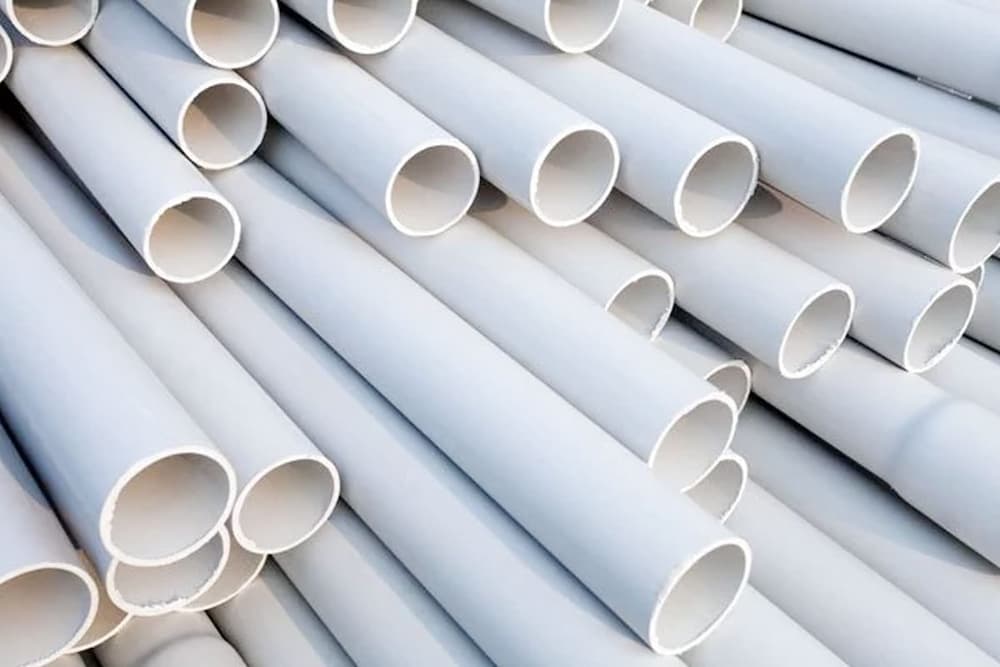 Affordability and cost effectiveness Plastic piping is a lightweight alternative to metal piping, so it is less expensive to ship and typically simpler to install. Typically, saving time and labor will result in lower costs and quicker project completion. flexibility Because it is simple to run flexible plastic pipes through walls, costly wall demolition is often unnecessary. important uses of plastic In most cases, important uses of plastic fire cause chemical decomposition of the structure of plastic pipes. • Durability and stability: according to tests, plastic (thermoplastic) pipes buried under the soil are safe from the attacks of fungi, bacteria, and other microscopic organisms. • Resistance to atmospheric agents: UV rays may cause chemical degradation, embrittlement, spoilage, brittleness, cracking, and loss of plastic pipes. But today, by using materials resistant to UV rays and changing the formulation of plastic pipes, it is possible to increase the resistance of these pipes against atmospheric factors. • Thermal memory: in the case of bending or changing the shape of plastic pipes, they can be restored to their original shape by re-applying heat to the pipe. This property of thermoplastic pipes is called thermal memory. • Noise: The sound created in plastic pipes used for sewage drainage systems is much more than in cast iron pipes. Based on research and tests, the sound produced by the discharge of sewage in PVC pipes is between 6 and 10 dB more than in cast iron pipes and in ABS pipes is between 8 and 15 dB more than in cast iron pipes. It is interesting to know that with a 10 dB increase in the volume of plastic pipes, people think that the sound level has doubled.
Affordability and cost effectiveness Plastic piping is a lightweight alternative to metal piping, so it is less expensive to ship and typically simpler to install. Typically, saving time and labor will result in lower costs and quicker project completion. flexibility Because it is simple to run flexible plastic pipes through walls, costly wall demolition is often unnecessary. important uses of plastic In most cases, important uses of plastic fire cause chemical decomposition of the structure of plastic pipes. • Durability and stability: according to tests, plastic (thermoplastic) pipes buried under the soil are safe from the attacks of fungi, bacteria, and other microscopic organisms. • Resistance to atmospheric agents: UV rays may cause chemical degradation, embrittlement, spoilage, brittleness, cracking, and loss of plastic pipes. But today, by using materials resistant to UV rays and changing the formulation of plastic pipes, it is possible to increase the resistance of these pipes against atmospheric factors. • Thermal memory: in the case of bending or changing the shape of plastic pipes, they can be restored to their original shape by re-applying heat to the pipe. This property of thermoplastic pipes is called thermal memory. • Noise: The sound created in plastic pipes used for sewage drainage systems is much more than in cast iron pipes. Based on research and tests, the sound produced by the discharge of sewage in PVC pipes is between 6 and 10 dB more than in cast iron pipes and in ABS pipes is between 8 and 15 dB more than in cast iron pipes. It is interesting to know that with a 10 dB increase in the volume of plastic pipes, people think that the sound level has doubled. 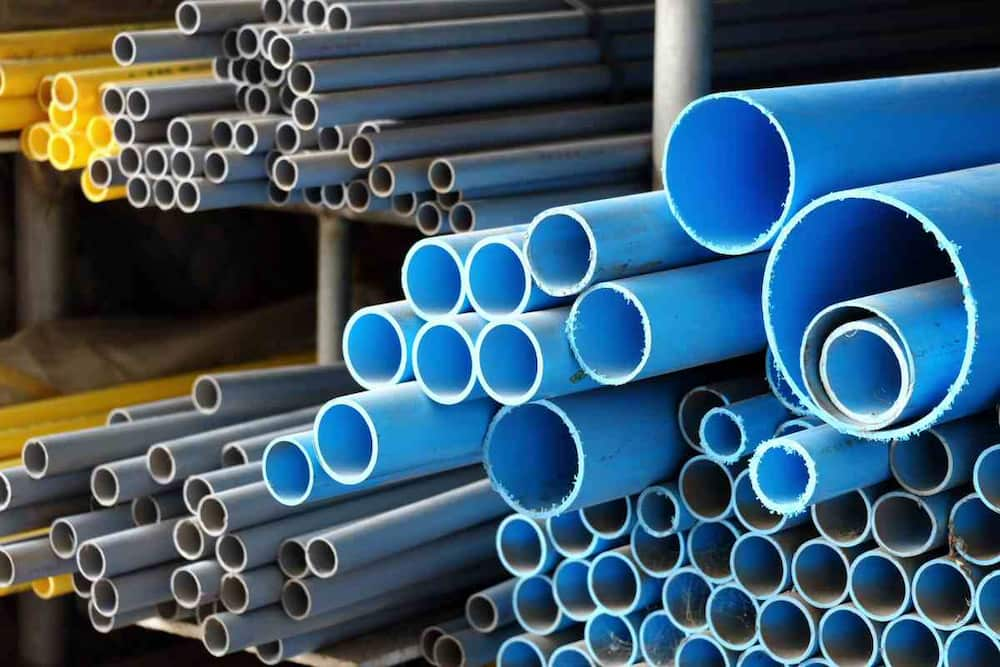 How to increase the life of plastic pipes? Nowadays, in order to increase the life span and mechanical resistance of plastic pipes, the method of reticulation of polymers is used. Through this method, the long and chain molecular structures of polymers are transformed into a network or spatial structure, and as a result, the polymers become resistant to the applied stresses. Among other methods of increasing the mechanical resistance of plastic pipes, we can mention the combination of plastic and metal in the production of these types of pipes. In this method, a metal layer such as aluminum is placed between an inner and outer layer of plastic. In other words, a thin-walled metal tube is placed inside a plastic tube. After the end of the life of plastic pipes, they can be reused by using a plastic recycling machine. Why are water pipes mostly made of plastic? Plastic pipes are lighter than iron pipes and are easier and safer to transport than metal pipes because they do not vibrate during handling. Non-reactive and corrosion-resistant: A common problem with metal piping is that when dissimilar types are joined together, they can react and corrode. In contrast, plastic pipes for plumbing are resistant to chemical corrosion. Low thermal conductivity Plastic pipes can withstand a wide range of temperatures without warping or cracking. The low conductivity of these pipes helps to maintain the temperature of the water inside without causing condensation like copper pipes. Plastic pipes are cheaper than iron pipes. They are flexible and allow you to bend them in different curves and angles.
How to increase the life of plastic pipes? Nowadays, in order to increase the life span and mechanical resistance of plastic pipes, the method of reticulation of polymers is used. Through this method, the long and chain molecular structures of polymers are transformed into a network or spatial structure, and as a result, the polymers become resistant to the applied stresses. Among other methods of increasing the mechanical resistance of plastic pipes, we can mention the combination of plastic and metal in the production of these types of pipes. In this method, a metal layer such as aluminum is placed between an inner and outer layer of plastic. In other words, a thin-walled metal tube is placed inside a plastic tube. After the end of the life of plastic pipes, they can be reused by using a plastic recycling machine. Why are water pipes mostly made of plastic? Plastic pipes are lighter than iron pipes and are easier and safer to transport than metal pipes because they do not vibrate during handling. Non-reactive and corrosion-resistant: A common problem with metal piping is that when dissimilar types are joined together, they can react and corrode. In contrast, plastic pipes for plumbing are resistant to chemical corrosion. Low thermal conductivity Plastic pipes can withstand a wide range of temperatures without warping or cracking. The low conductivity of these pipes helps to maintain the temperature of the water inside without causing condensation like copper pipes. Plastic pipes are cheaper than iron pipes. They are flexible and allow you to bend them in different curves and angles. 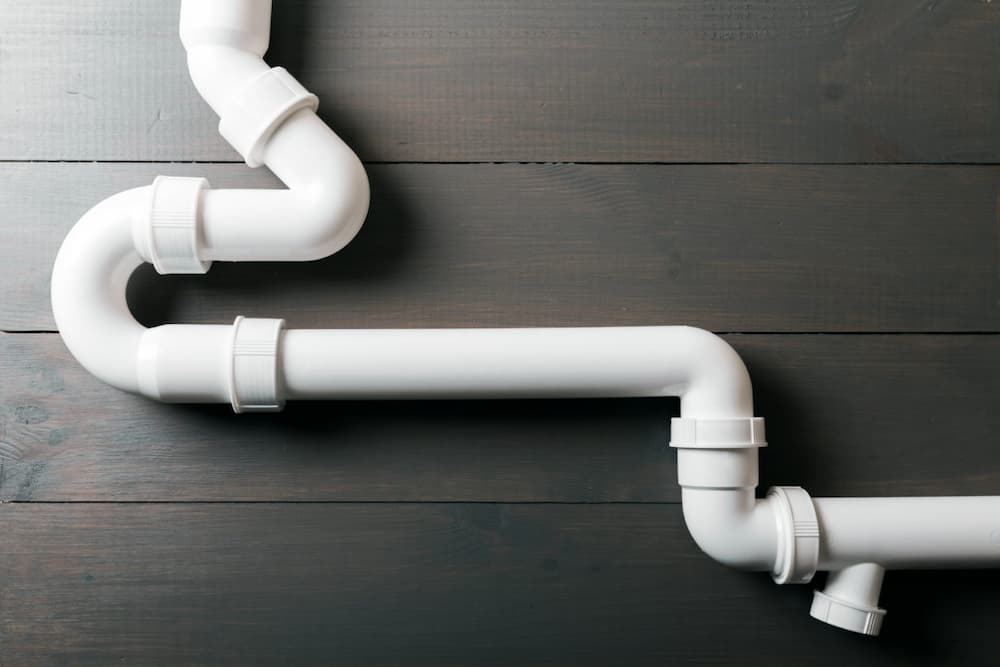 Maintenance: Plastic pipes can be repaired quickly and at a low cost. It is also easier to install, maintain, and control water flow through plastic pipe. Plastic pipe is highly visible and allows people to easily find leaks and other problems. Plastic is recyclable. When you are done using a plastic item, you can recycle it. Recycling helps conserve resources and reduce pollution. Application of water pipelines: Water pipelines are used to transport water through pipes. Water pipelines have many uses. Some of these applications include: Internal piping systems: these pipes are used to transport water inside the building. They are used for sinks, toilets, bathtubs, showers, and faucets. Outdoor piping systems are used to carry water outdoors. They are used for lawn sprinklers, rain gutters, overflows, and fire hydrants. Fire Protection System: These pipes are used to protect people from fire. They are used for fire hydrants, fire extinguishers, and smoke detectors. Drainage systems: These pipes are installed under roads and parking lots to collect rainwater and prevent flooding. They are used for storm drains, catch basins, and manholes. Summary: Advantages and applications of plastic water pipes in building plumbing In this article, we have explained the advantages and use of plastic water pipes in building plumbing. If you need to buy plastic pipes, you can refer to the Sesab website, which sells plastic pipes and fittings.
Maintenance: Plastic pipes can be repaired quickly and at a low cost. It is also easier to install, maintain, and control water flow through plastic pipe. Plastic pipe is highly visible and allows people to easily find leaks and other problems. Plastic is recyclable. When you are done using a plastic item, you can recycle it. Recycling helps conserve resources and reduce pollution. Application of water pipelines: Water pipelines are used to transport water through pipes. Water pipelines have many uses. Some of these applications include: Internal piping systems: these pipes are used to transport water inside the building. They are used for sinks, toilets, bathtubs, showers, and faucets. Outdoor piping systems are used to carry water outdoors. They are used for lawn sprinklers, rain gutters, overflows, and fire hydrants. Fire Protection System: These pipes are used to protect people from fire. They are used for fire hydrants, fire extinguishers, and smoke detectors. Drainage systems: These pipes are installed under roads and parking lots to collect rainwater and prevent flooding. They are used for storm drains, catch basins, and manholes. Summary: Advantages and applications of plastic water pipes in building plumbing In this article, we have explained the advantages and use of plastic water pipes in building plumbing. If you need to buy plastic pipes, you can refer to the Sesab website, which sells plastic pipes and fittings. 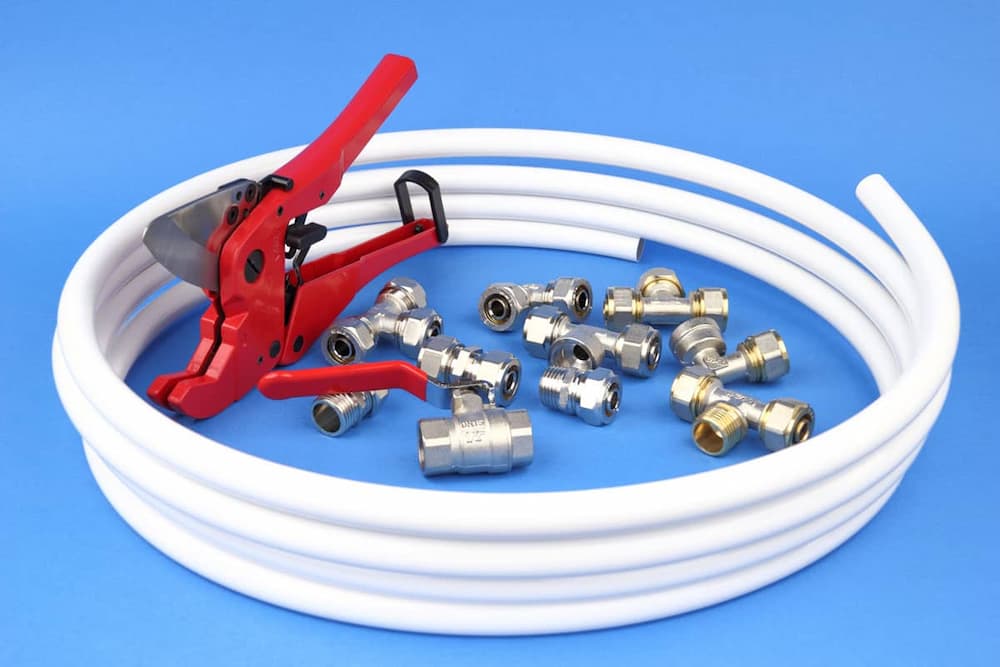 plastic pipes for plumbing Home plumbing pipes transfer water to appliances. Whether you hire a plumber or do it yourself, the pipe material options might be confusing. What type of pipe is best for water, drainage, sewage, and the exterior? When galvanized steel and cast iron were the sole pipe options, the answer was clearer. We'll help you find the appropriate pipe material for your location and application. PEX (cross-linked polyethylene) pipe supplies water. It's flexible enough to weave around walls, ceilings, basements, and crawl spaces. It's cheaper than many plumbing supplies. 1/2" and 3/4" pipes are straightforward to cut and join. Red for hot, blue for cool. tip Before installing PEX, check local codes. It's common in the US but not worldwide. Joints should be properly fitted and inspected, especially when mounted behind a wall. For garbage lines, white PVC pipe is used. This pipe became popular since it's lighter and easier to deal with than galvanized steel. It is both inexpensive and long-lasting. PVC pipe can be cut with a chainsaw and miter box. It's soluble.
plastic pipes for plumbing Home plumbing pipes transfer water to appliances. Whether you hire a plumber or do it yourself, the pipe material options might be confusing. What type of pipe is best for water, drainage, sewage, and the exterior? When galvanized steel and cast iron were the sole pipe options, the answer was clearer. We'll help you find the appropriate pipe material for your location and application. PEX (cross-linked polyethylene) pipe supplies water. It's flexible enough to weave around walls, ceilings, basements, and crawl spaces. It's cheaper than many plumbing supplies. 1/2" and 3/4" pipes are straightforward to cut and join. Red for hot, blue for cool. tip Before installing PEX, check local codes. It's common in the US but not worldwide. Joints should be properly fitted and inspected, especially when mounted behind a wall. For garbage lines, white PVC pipe is used. This pipe became popular since it's lighter and easier to deal with than galvanized steel. It is both inexpensive and long-lasting. PVC pipe can be cut with a chainsaw and miter box. It's soluble.  Pure copper pipes are reddish-brown and lustrous. Indoor water lines use hard copper. Unlike plastic, which can be wiped away by chemicals, it poses no health dangers. Rigid copper can be cut with a pipe cutter or chainsaw. It's pricey. The thermoplastic pipe is black and softer than PVC pipe. It's a valve and a drain line. Sunlight can bend and degrade the tube, but it's a cheap option. As with PVC, verify local regulations. Flexible pipe, abbreviated flexi, is commonly stainless steel. It's utilized for final water heater, toilet, and sink connections. Walls and floors are off-limits. Flexi tubing comes in different lengths. It's durable, yet it can fail after years of use. You don't need much of it, so it's pricey. Supply, drainage, and ventilation lines Older homes may have pipes made of galvanized steel or cast iron, which are rarely put in by do-it-yourselfers.
Pure copper pipes are reddish-brown and lustrous. Indoor water lines use hard copper. Unlike plastic, which can be wiped away by chemicals, it poses no health dangers. Rigid copper can be cut with a pipe cutter or chainsaw. It's pricey. The thermoplastic pipe is black and softer than PVC pipe. It's a valve and a drain line. Sunlight can bend and degrade the tube, but it's a cheap option. As with PVC, verify local regulations. Flexible pipe, abbreviated flexi, is commonly stainless steel. It's utilized for final water heater, toilet, and sink connections. Walls and floors are off-limits. Flexi tubing comes in different lengths. It's durable, yet it can fail after years of use. You don't need much of it, so it's pricey. Supply, drainage, and ventilation lines Older homes may have pipes made of galvanized steel or cast iron, which are rarely put in by do-it-yourselfers. 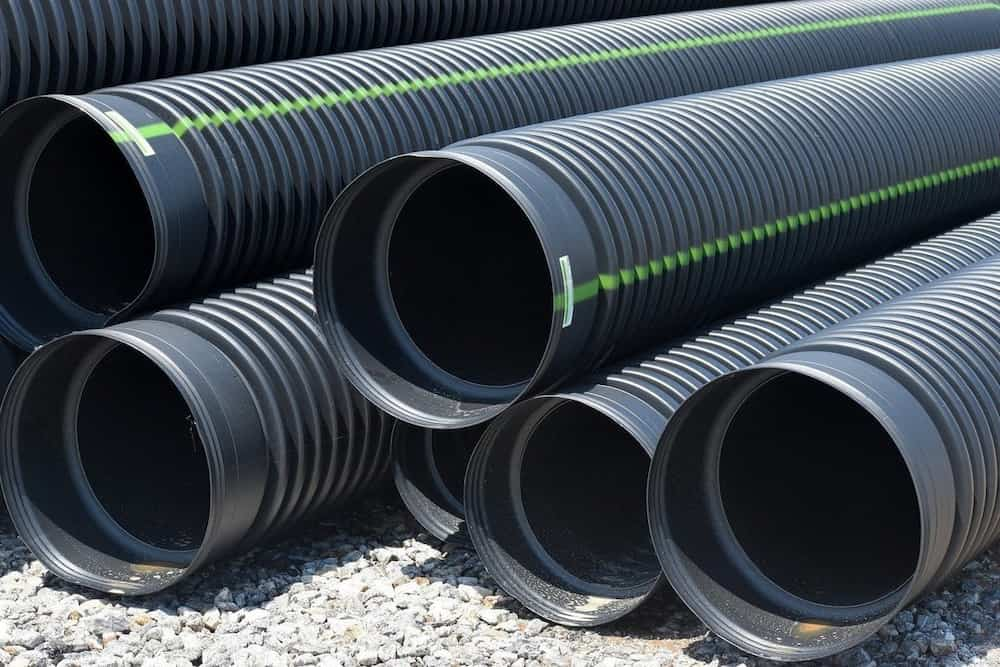 Galvanized steel is a stiff, corrosion-resistant pipe used for drainage, water delivery, and gas supply. Galvanized steel pipe is still utilized (particularly for gas supply), but not for water supply in new construction or rehabilitation. It's pricey to install but long-lasting. Each pipe end is threaded and connected with fittings. Cast iron pipes were widely utilized for sewers and drainage. It's still utilized in residences, commercial buildings, and high-rises. Cast iron is costly yet long-lasting. It rusts away. heavy and hard to cut. ABS replaces cast iron pipes in retrofits. Pipe selection When picking a pipe for a plumbing task, consider the pipe's function and the space's arrangement. Tight spaces may require a flexible tube. You'll also consider cost. More expensive plumbing lasts longer. In the long term, you may save money. Plus, know local building codes to use acceptable plumbing. A plumber or contractor can help you make an informed choice. When the walls fall down, you can see what you need.
Galvanized steel is a stiff, corrosion-resistant pipe used for drainage, water delivery, and gas supply. Galvanized steel pipe is still utilized (particularly for gas supply), but not for water supply in new construction or rehabilitation. It's pricey to install but long-lasting. Each pipe end is threaded and connected with fittings. Cast iron pipes were widely utilized for sewers and drainage. It's still utilized in residences, commercial buildings, and high-rises. Cast iron is costly yet long-lasting. It rusts away. heavy and hard to cut. ABS replaces cast iron pipes in retrofits. Pipe selection When picking a pipe for a plumbing task, consider the pipe's function and the space's arrangement. Tight spaces may require a flexible tube. You'll also consider cost. More expensive plumbing lasts longer. In the long term, you may save money. Plus, know local building codes to use acceptable plumbing. A plumber or contractor can help you make an informed choice. When the walls fall down, you can see what you need.
💰 Tenfold your income 💎
